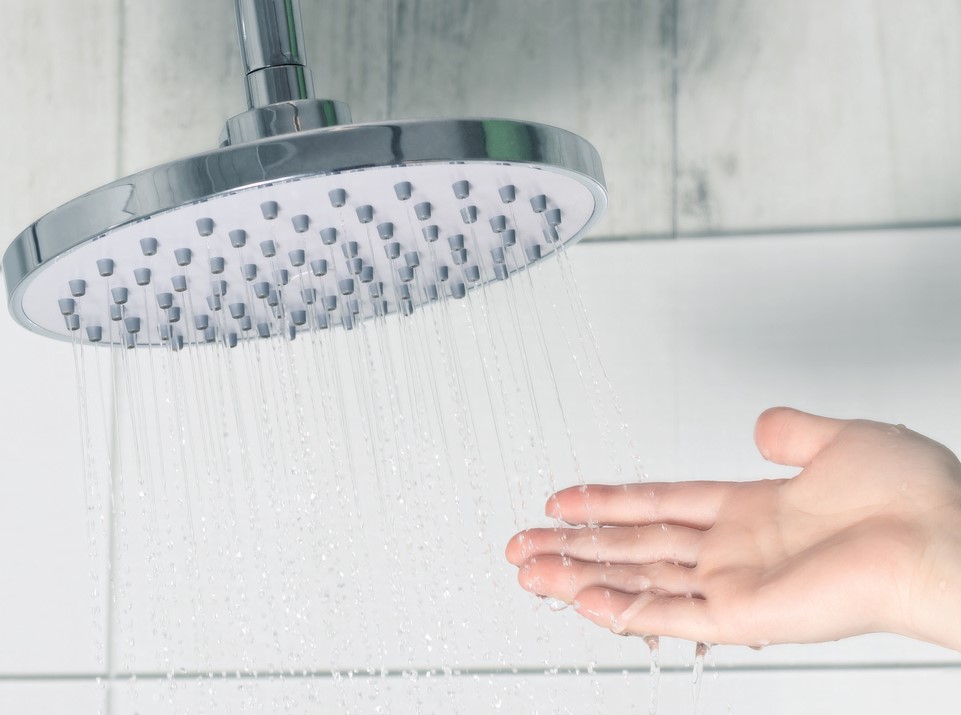Do you base your morning routine around your slow-to-heat shower? Maybe you iron a shirt or pack your lunch while the shower rises to an acceptable temperature.
It doesn’t have to be this way! You can speed up the delivery of hot water with a recirculating pump. But first, it helps to understand what’s causing the delay.
Why it Takes Forever For Your Shower to Get Hot
Before your shower can blast that soothing hot water, it has to purge all the cold water that’s been sitting in the pipe. That right there is going to take at least a few seconds. Then there’s the distance water has to travel from the tank to the fixture. If your shower is on the second floor and your water heater is in the garage on the opposite side, expect to wait even longer.
Meanwhile, you’re wasting water, approximately 12,000 gallons a year by some estimates.
How a Recirculating Pump Helps
A recirculating pump doesn’t let water sit in pipes getting cold. It keeps water moving through the heater so that it’s ready right when you need it.
It works like this: A small pump at the water heater pushes water to a thermostatic valve. The valve at the furthest faucet from the water heater senses hot water coming in, then closes to keep the water in the pipe. When the water cools, the valve opens to send it back to the water heater to be reheated.
To save energy, you can program the pump to turn on during peak use times, say, the morning when everyone in your household takes a shower.
Bottom line: A recirculating pump is a simple solution to a common problem, saving you both water and time. However, installation is not a DIY job. You’ll need a licensed plumber to attach the pump to your water line and fit the sensor valve, among other tasks to ensure proper operation.
For all of your plumbing needs, turn to the pros at Rite Way of Phoenix To schedule your appointment, call 602-878-9314.





